If you’ve arrived on our page, you’re definitely a deer enthusiast! After all, who does not like these stunning and smart creatures? However, there’s much more to them than just an adorable appearance and an interesting lifestyle!
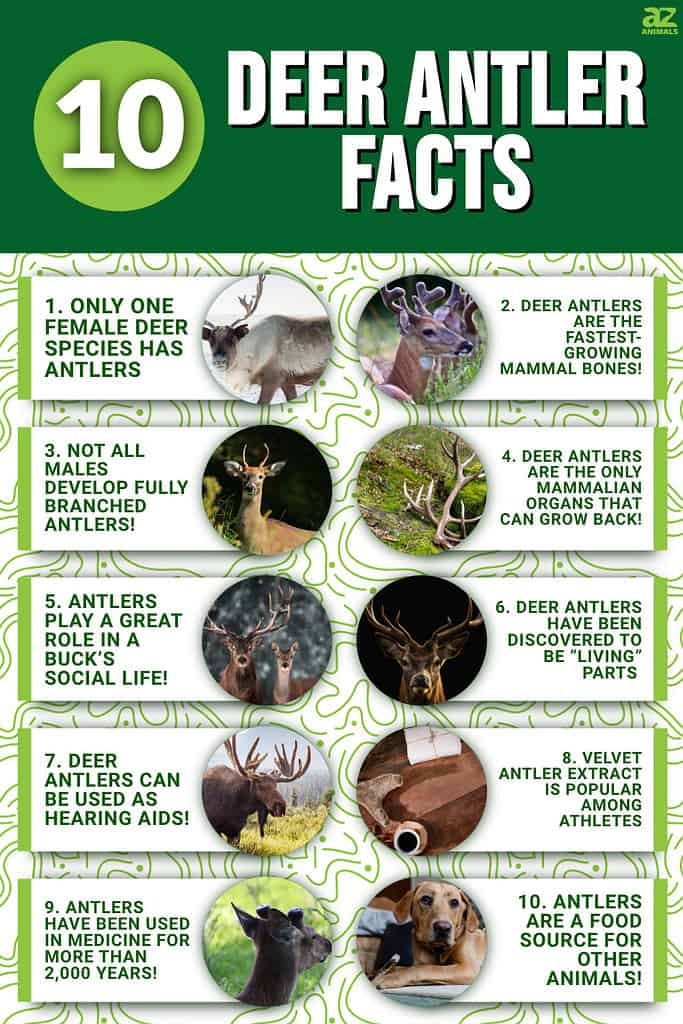
Deer antlers are their most unique characteristic, and there’s so much to tell about them! For example, did you know that they are the fastest-growing mammal bones and the only mammalian organs that can grow back once lost from the pedicle (the base from which they grow)? If we’ve made you curious enough, keep reading to learn more absolutely incredible facts about deer antlers!
1. Female Deer Do Not Have Antlers – With One Exception!
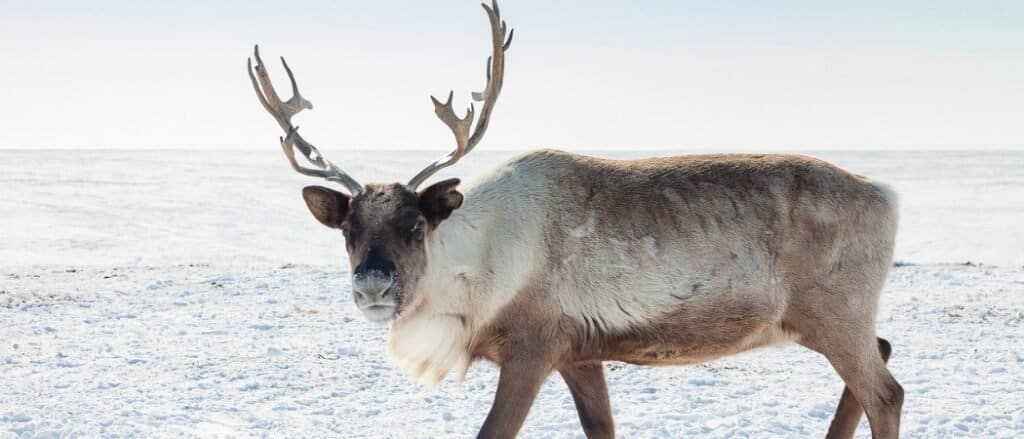
Reindeer females are the only females in the deer family to grow antlers.
©Vladimir Melnikov/Shutterstock.com
Deer possess antlers; it’s true – but not all deer! Only male deer grow antlers. However, this is valid for all species except for reindeer females. They are the only females in the deer family to grow antlers.
Cow (female reindeer) antlers start growing in May or June, as opposed to male antlers that begin developing in March or April. Moreover, they are smaller and have fewer branches than those of male reindeer.
Although this isn’t natural, females from the telemetacarpal deer subfamily (red deer, white-tailed deer, mule deer, or roe deer) that have high testosterone levels may also develop antlers, but they are often small and malformed.
2. Deer Antlers Are the Fastest-Growing Mammal Bones!

Growing antlers are covered in velvet to provide the bone with oxygen.
Image: Jeramey Lende, Shutterstock
©Jeramey Lende/Shutterstock.com
Antlers grow from a pedicle, an attachment point on the buck’s skull. If the fawn is born on time, its antlers will start growing during spring or summer and will add about 3 to 4 inches per week. Once the deer reaches adulthood, the antlers will grow nearly two inches per week. However, some deer antlers do not grow as fast, but we’ll talk about this later, so keep reading!
While growing, they’re covered in velvet. The velvet’s main goal is to provide the bone with oxygen and nutrients. At first, the structure is cartilage, but then it turns into bone tissue. The velvet disappears when the antlers are fully-grown; that is when the antlers become a dead bone structure.
Deer antlers are considered the fastest-growing mammal bone, as they can grow up to an inch a day.
3. Not All Males Develop Fully Branched Antlers!
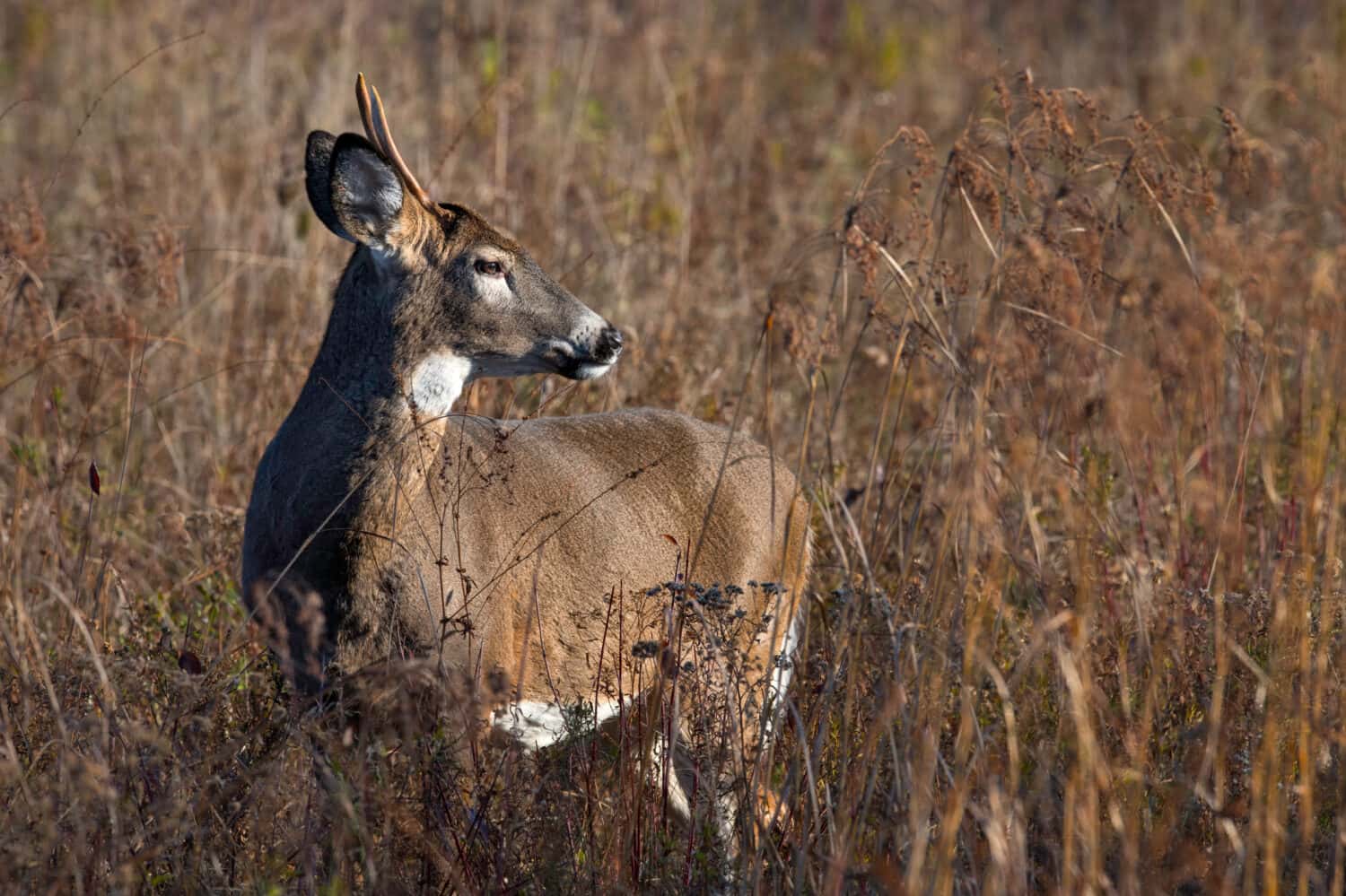
Some male deer grow “spikes” instead of fully-formed antlers.
Image: Dean Bouton, Shutterstock
©Dean Bouton/Shutterstock.com
Have you ever heard the term “spike” alongside “deer?” While it may sound like a deer species at first, we’ll tell you it’s nothing of the sort! Spike deer are deer under one and a half years that still haven’t developed fully-branched antlers. This may be caused by several factors, including genetic predisposition, poor nutrition, or late birth, and all these are interconnected.
Specialists have previously said that the main factor that counts is a genetic predisposition, and no amount of good nutrition will help a spike deer grow antlers if the genetic potential is low. However, other specialists who had the possibility to follow spike deer grow antlers stated that good nutrition could, in fact, help them grow healthy, full-sized, and branched antlers. Therefore, they suggest people give spike deer a chance to mature!
4. Deer Antlers Are the Only Mammalian Organs That Can Grow Back!
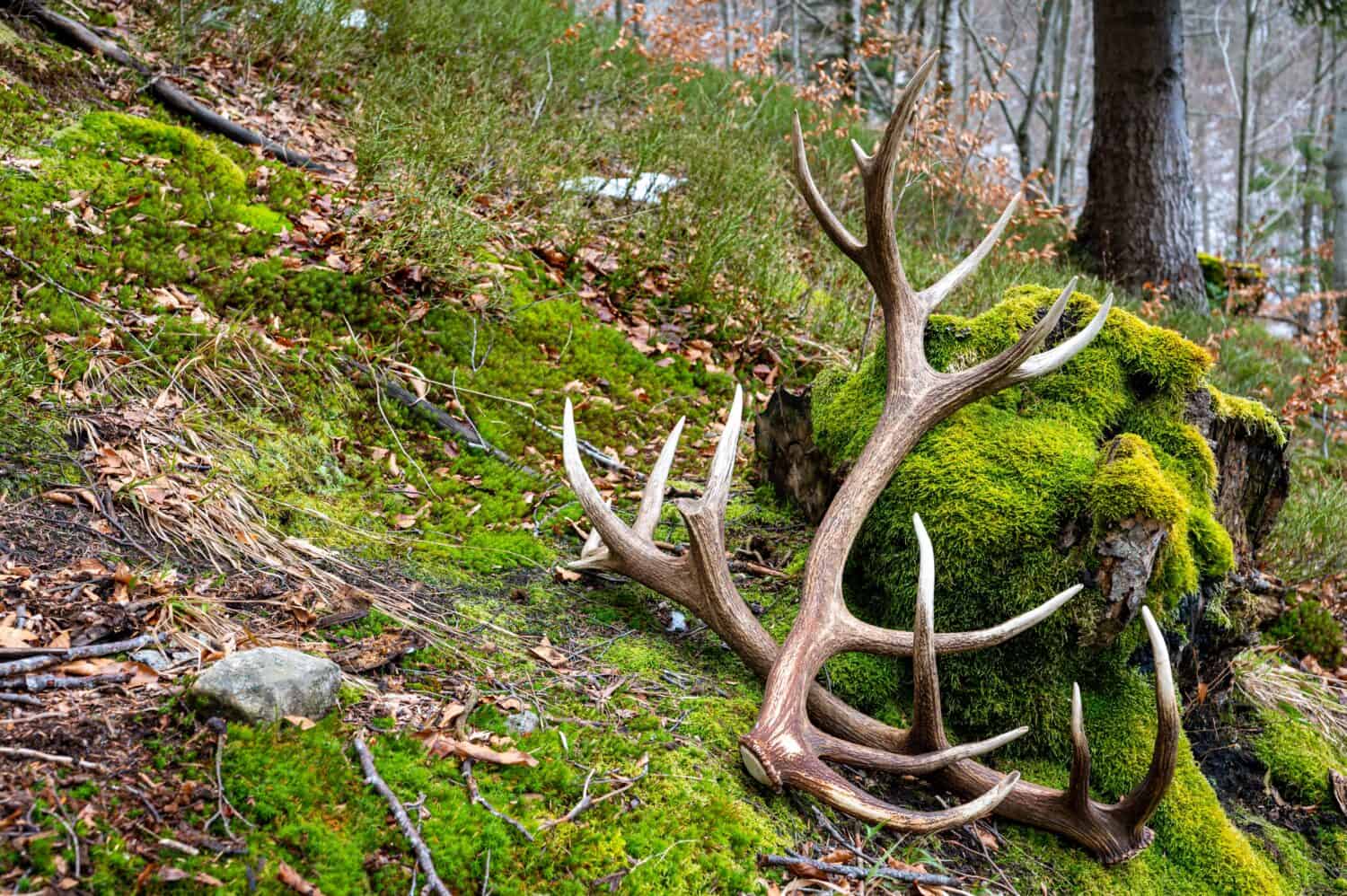
Some deer species shed antlers before starting the entire antler-growing process again.
Image: bieszczady_wildlife, Shutterstock
©bieszczady_wildlife/Shutterstock.com
Did you know that deer shed antlers and that the antlers grow back once their “cycle” starts all over again? That’s why deer antlers are often the model for numerous studies focused on organ regeneration in mammals, whose results can be further applied in the field of regenerative medicine.
Only some deer shed antlers, and this highly depends on what they eat, where they live, and what species they are. For example, some equatorial deer may never shed their antlers, while others shed them annually.
Antlers grow back, but their size may vary because many external factors influence their development. However, before reaching maximum size, antlers grow bigger and bigger each year as the deer grows older.
Once the antlers are cast, the deer will have open wounds on the top of the pedicles. These wounds bleed for a short period and turn into a scab-like structure within 2-3 weeks.
5. Antlers Play a Great Role in a Buck’s Social Life!
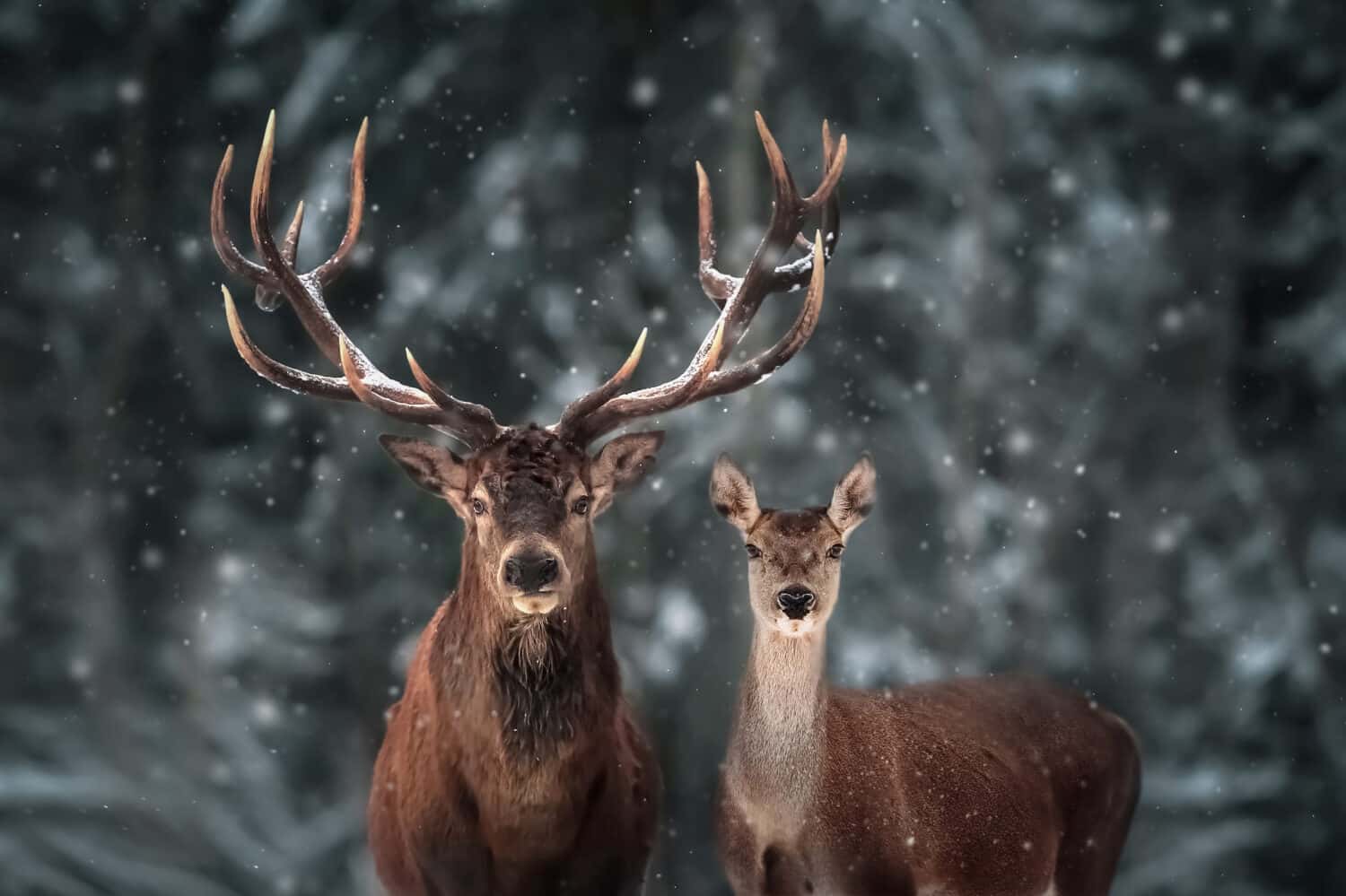
Magnificent antlers help male deer to attract mates.
Image: Delbars, Shutterstock
©Delbars/Shutterstock.com
First, antlers have a primary role in sexual selection. The larger the antlers, the higher the possibility for the buck to mate.
Secondly, they are of great importance in male-to-male competitions. Bucks use their antlers as physical or psychological weapons during these combats, meaning they display their antlers to show power, strength, and fertility competitiveness.
Moreover, antlers are directly linked to a buck’s social status – the heavier the antlers, the more important the buck is in their “society.” Besides this, it is believed that bucks with larger antlers have stronger immunity against pathogens.
6. Deer Antlers Have Been Discovered To Be “Living” Parts

Fully formed antlers that have shed velvet are still “alive” with an active vascular system.
©Brais Seara/Shutterstock.com
While some sources state that antlers become dead bone structures once the velvet disappears, the authors of “Hard fallow deer antler: A living bone till antler casting?” discovered that hard antlers possess parts with “living osteocytes, active osteoblasts, osteoid, and even early stages of trabecular microcallus formation.”
In short and easier terms, this means that the bone is constantly remodeling. Moreover, they’ve discovered a well-developed vascular system, the pedicle bone featuring capillaries and vessels linked to the main branch. This vascular system is believed to keep the antlers moist, thus helping bucks during combat.
The authors concluded that deer antlers have sufficient blood supply almost until antler casting.
7. Deer Antlers Can Be Used As Hearing Aids!
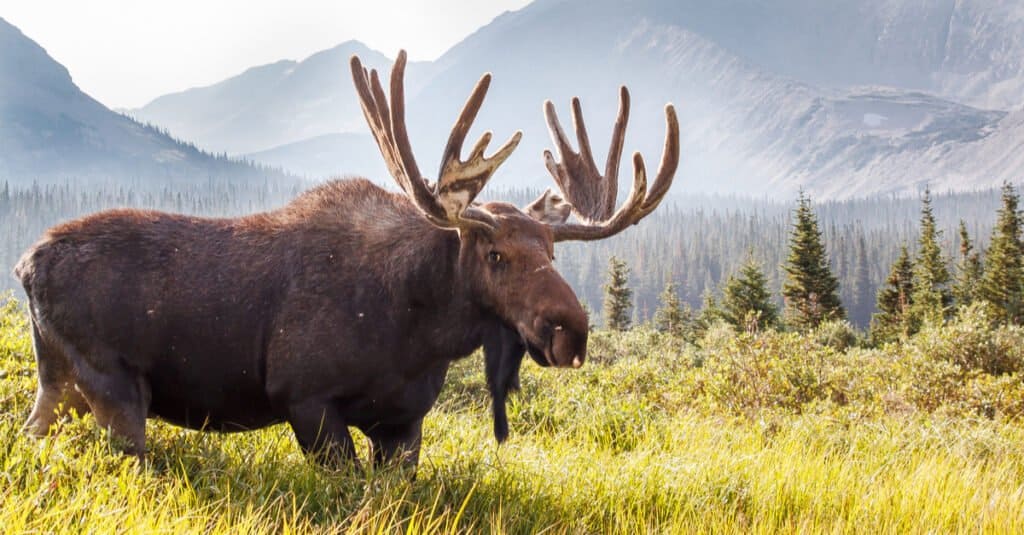
Moose use their antlers for hearing purposes.
©Michael Liggett/Shutterstock.com
Did you know that moose use their antlers for hearing purposes? Moose have large sensitive ears. If they’re equipped with large antlers, their sense of hearing becomes even more sensitive, thus helping them survive in the wild, as they can more easily hear predators approaching.
A study shows that a moose’s antlers increase its hearing capacity by 19%. This is linked to the form of the antlers. Their palm acts as a parabolic reflector, thus increasing the acoustic pressure.
The author of the study, George Bubenik, stated that so far, no other deer has antlers that can act as hearing aids. At least there’s no evidence regarding this!
8. Velvet Antler Extract Is Popular Among Athletes

Deer antler powder is used by some athletes because it is believed to build muscle.
Image: AHNsd, Shutterstock
©AHNsd/Shutterstock.com
Nowadays, deer antler extract is widely used by bodybuilders and athletes because of its IGF-1 amounts – an insulin-like growth factor, sometimes called somatomedin C, which is a hormone that has a primary role in childhood growth and can help repair and build muscle tissue. However, this isn’t scientifically confirmed yet.
9. Antlers Have Been Used In Medicine For More Than 2,000 Years!
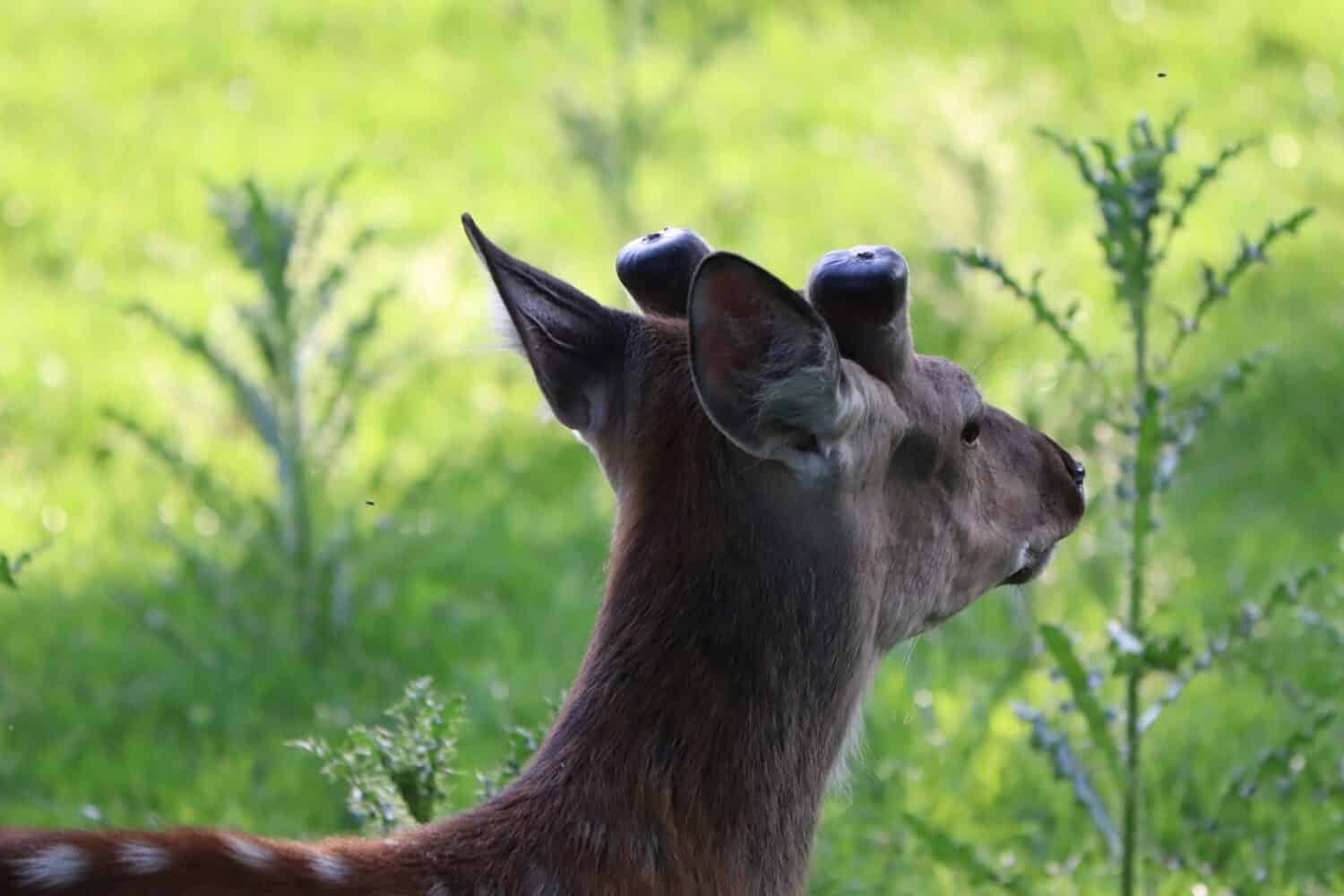
Chinese medical records show that deer antler base has been used for centuries.
Image: Mariia Sparrow, Shutterstock
©Mariia Sparrow/Shutterstock.com
While many studies focus on velvet antler use (which we’ve mentioned already), few aim at highlighting deer antler base use.
A study presents Chinese medical records showing that deer antler base is believed to “tonify the kidney, invigorate the spleen, strengthen bones and muscles, and promote blood flow.” It has been widely used in Chinese traditional medicine for over 2,000 years to treat diseases such as uterine fibroids, mastitis, mammary hyperplasia, children’s mumps, and malignant sores.
The authors of the study collected information from numerous sources. They found out that deer antler base does indeed possess anti-osteoporosis, anti-cancer, anti-inflammatory, anti-fatigue, analgesic, anti-bacterial, anti-viral, anti-oxidant, hypoglycemic, and other benefic properties. These may be linked to the “bioactive compounds amino acids, polypeptides, and proteins.” However, these mechanisms still need to undergo further research.
10. Antlers Are A Food Source For Other Animals!
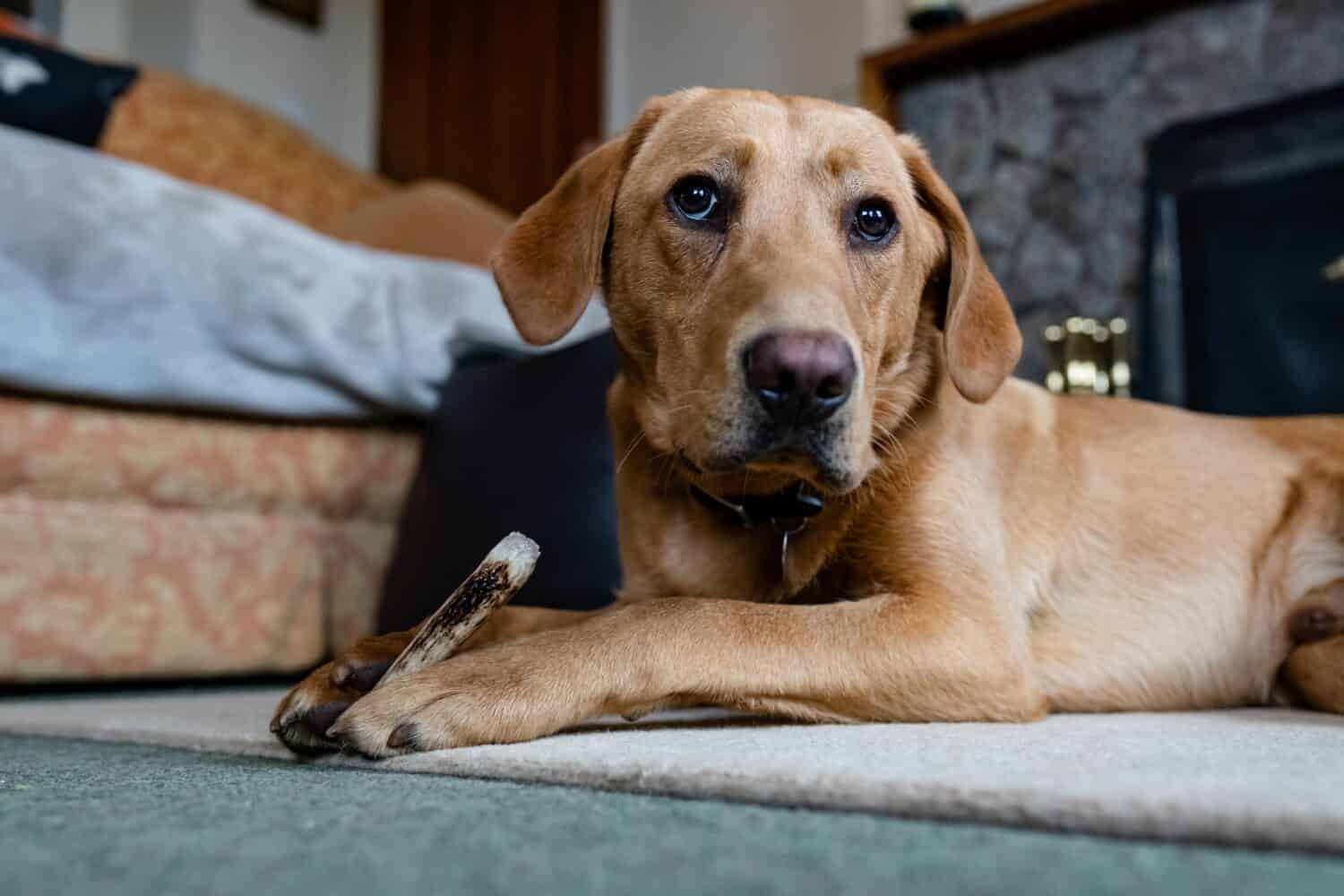
Dogs benefit from chewing on shed deer antlers – as do woodland animals that come across them in the wild.
Image: Simon Collins, Shutterstock
©Simon Collins/Shutterstock.com
You already know that deer shed antlers. Well, these discarded antlers are a major source of phosphorus, calcium, and other minerals that are of utmost importance in other animals’ diets. For example, squirrels, rabbits, porcupines, and mice feed on discarded antlers. They are extremely important in regions where the soil isn’t as rich in these minerals.
The photo featured at the top of this post is © iStock.com/Dan Richards
Sources
- Pure Velvet, Available here: https://www.purevelvetextracts.com/blogs/deer-antler-velvet-blog/5-amazing-facts-about-deer-antlers
- Journal of Experimental Biology, Available here: https://journals.biologists.com/jeb/article/212/24/3985/9617/The-mechanical-properties-of-red-deer-antler-bone
- Science Direct, Available here: https://www.sciencedirect.com/science/article/abs/pii/S0378874112008306
- Wiley Online Library, Available here: https://onlinelibrary.wiley.com/doi/abs/10.1002/jmor.10546
Thank you for reading! Have some feedback for us? Contact the AZ Animals editorial team.






